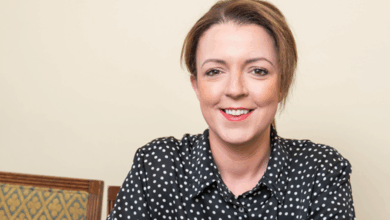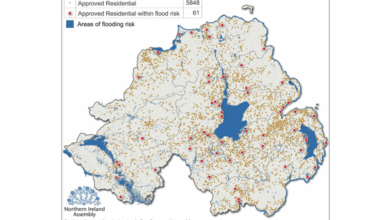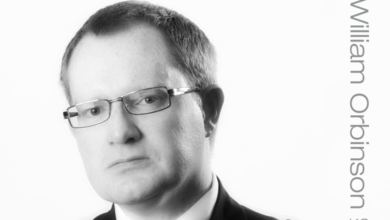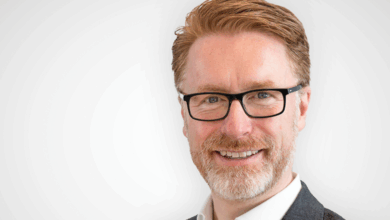High street regeneration
 Fiona McQuade reviews the High Street Taskforce Report and its implementation to date.
Fiona McQuade reviews the High Street Taskforce Report and its implementation to date.
Back in 2012, the High Street Taskforce made several recommendations to the Department for Social Development about how to respond to the economic pressures being faced by town centres. The report stated: “The combined impact of technology and the economy on consumer needs and wants has created an urgent need to radically re-think how we regenerate and revitalise our high streets.”
Public realm schemes and site acquisitions on high streets experiencing the highest levels of dereliction were identified as priorities. The ‘ReStore’ programme was recommended for all major city and town centres, promoting them as shopping destinations by improving the appearance of declining shop fronts.
Various public realm schemes have been introduced since the publication of the report. Social Development Minister Nelson McCausland has used the example of the renovation of Lurgan town centre as a success. Visually, shop fronts and pavements have been improved and a sculpture of locally famous greyhound Master McGrath has been made a feature of the high street.
A new funding package of £300,000 for a Lisburn city centre ‘revitalisation project’ was announced in April. It aims to support existing traders and attract shoppers into the city.
The possibility of community groups using empty or derelict spaces was identified. Community asset transfer – the right of local people to buy or bid, in order to safeguard assets which are judged to be of community importance – should be examined. In May, McCausland announced an investment of £22,000 in a new pilot – ‘Watch This Space’ – to use vacant properties in Derry for community and cultural use.
A ‘living over the shops’ scheme was suggested to create more living space which would increase the after-hours activity of town centres. McCausland recognises that “the long-term strategic challenge is how we move from a predominantly retail approach to one that develops these places as multi-functional.”
The idea of operational management teams for high streets (town teams) to promote the attractiveness of their respective areas was raised. High street issues would be addressed through local meetings and the bringing together of private companies and statutory bodies. The ‘town teams’ should aim to “make high streets accessible, attractive and safe”.
Town centres, it said, needed more help to set up ‘business improvement districts’. The report also proposed an industry working group to oversee the districts in order to give businesses more of a say in their local high street.
Regeneration affects over 4,500 residents in urban areas. Many regeneration programmes could be extended into rural areas, working alongside the Department of Agriculture and Rural Development. Between 2008 and 2013, £100 million was spent on urban development and the Minister has commented that “facilitating and incentivising investment in urban centres is vital” but also “we must be more innovative.”





